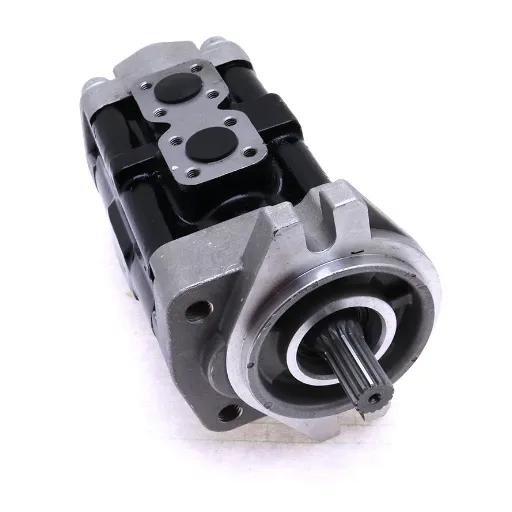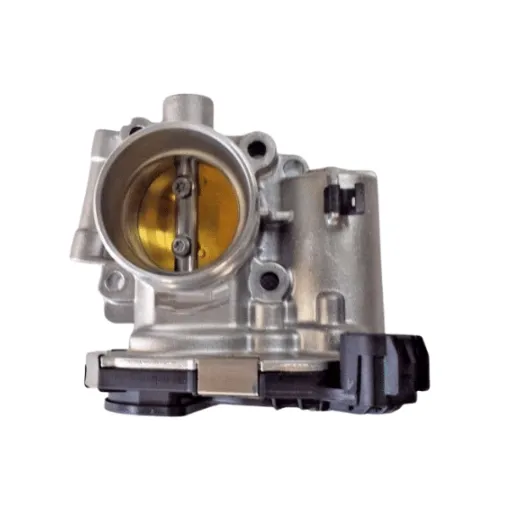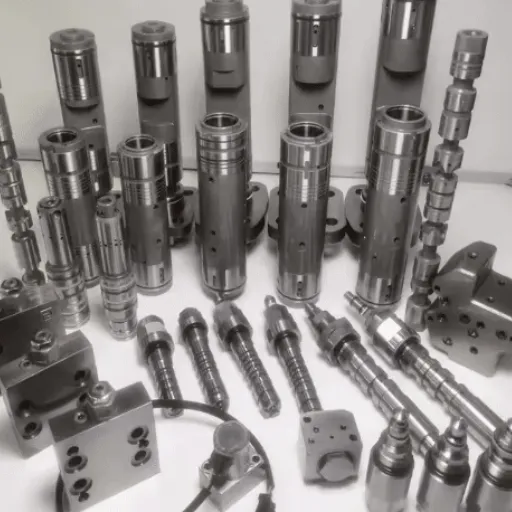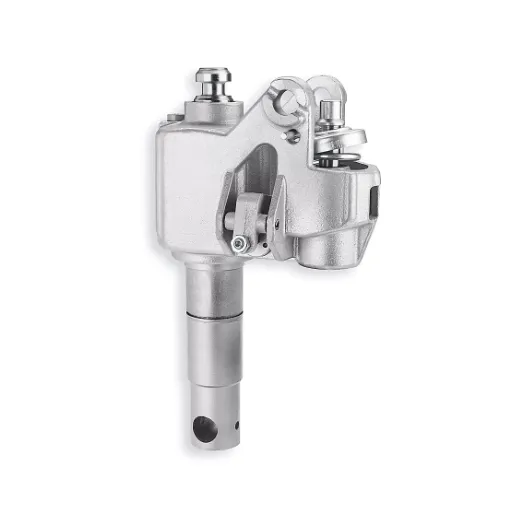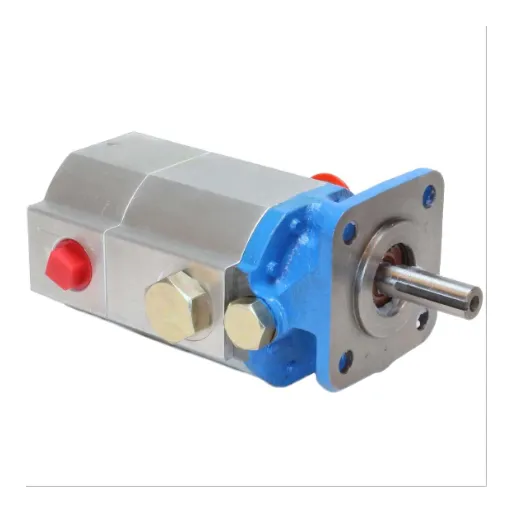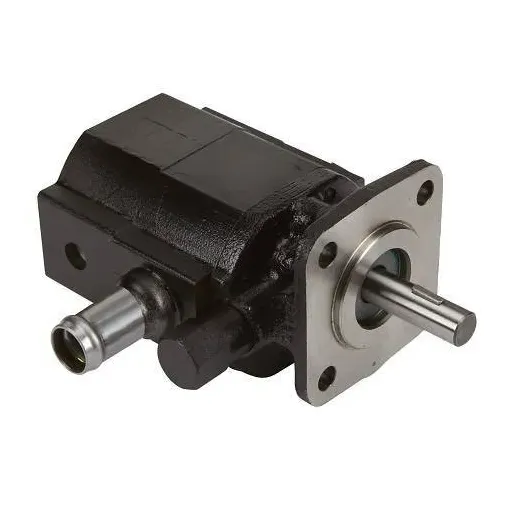Understanding the Basics of Valves

What is a Solenoid Valve?
A solenoid valve is a valve operated electromechanically to control the flow of liquids or gases. It works by applying an electric current that causes the solenoid to move a plunger or similar device to open or close the valve. Because of this, solenoid valves are excellent choices for applications requiring automatic control.
Their industrial applications are vast; especially in manufacturing, agriculture, and HVAC systems. One of their main advantages is being able to open and close rapidly, ensuring accurate time control in processes where this is essential. Another benefit of solenoid valves is that they are considered highly reliable and only require power when being activated.
Depending on the flow control criteria, solenoid valves may take several forms-two-way, three-way, or higher. They are mostly used because of their easy compatibility with automation systems, allowing a smooth integration into bigger workflows. Such versatility is what makes them vital components in many industries.
What is an Actuated Ball Valve?
An actuated ball valve employs a spherical element with a hole drilled through the center to control the flow of liquids or gases. The ball is rotated and can be positioned to either open or close the valve with precision with respect to the fluid movement through the system. The word “actuated” specifies machinery that performs the ball movement, which can be via electrical, pneumatic, or hydraulic mechanisms.
Types of Actuators:
- Electric actuators: Use an electric motor to turn the ball, providing precision control and automation system integration
- Pneumatic actuators: Use compressed air for quick operation, ideal for environments where speed or safety is paramount
- Hydraulic actuators: Provide great force for heavy-duty applications requiring performance under high pressure
An actuated ball valve is synonymous with reliability, durability, and versatility acting along various sectors, including oil and gas, water treatment, chemical processing, and HVAC systems. With the ability to automate fluid control, the efficiency of operations is increased, the cost of manual intervention is reduced, and the overall safety of the process is improved.
Key Differences Between Solenoid and Ball Valves
Solenoid valves and ball valves are designed with differing purposes in mind, and they work by means of different mechanisms. An electromagnetic coil is used by a solenoid valve to obstruct or allow the flow of a liquid or gas through a set of pipes. When the coil is energized, the position of the valve shifts between opening and closing the flow path. These valves fit well in applications necessitating rapid and precise control and are often used in systems where flow on/off control is the only option.
A ball valve uses a perforated ball, which turns inside the valve body to either allow or obstruct fluid flow. It works on the principle that the rotation of the ball aligns or misaligns the flow path, allowing or disallowing fluid passage. Whereas a solenoid valve works best with low volume applications, ball valves are preferred when vast quantities of fluids must flow through, as they allow lower pressure drops and provide a very good seal when fully closed.
Selecting one type over the other depends chiefly on the application considered. This means that solenoid valves are suited for smaller systems requiring faster response times and precise flow control, such as irrigation, pneumatic systems, and medical equipment. Ball valves, on the other hand, take precedence in places where durability and the ability to handle high pressure with leak-tight operation count, such as oil and gas, HVAC, and water treatment.
Operational Mechanisms
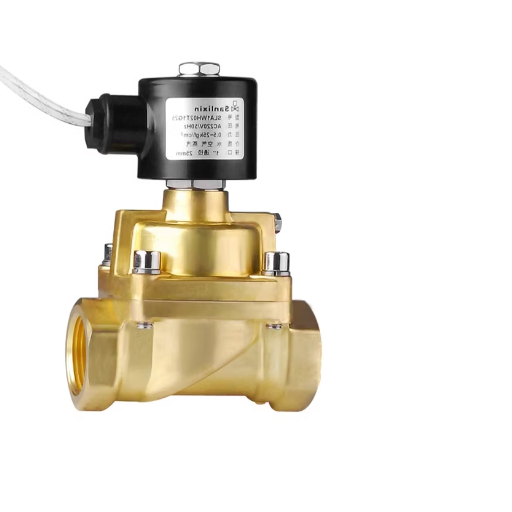
How Solenoid Valves Operate
A solenoid valve uses an electromagnetic solenoid coil to open or close a passageway through which fluid or gas flows. Application of an electric current in the coil produces a magnetic field, causing the valve plunger or core to move in or out, depending upon the normal state of the valve (normally open or normally closed), thereby opening or closing the valve. The capability to accurately switch from open to close provides the velocity and reliability needed to control flow.
The valves may be made in many designs, such as direct-acting or pilot, according to the applications:
- Direct-acting solenoid valves: Do not depend on any pressure to operate and are used in low-pressure systems
- Pilot-operated valves: Use system pressure to aid in valve operation, making them best for high-pressure applications
Better technology allows the solenoid valves to be integrated with smart systems, making them remotely controllable and monitored from anywhere through IoT platforms. Apart from this, it optimizes operational efficiency and gives real-time diagnostics, ensuring preventive maintenance with less downtime for critical systems.
How Actuated Ball Valves Function
The actuated ball valve uses a hollow spherical disc to control the flow of liquids or gases. The actuator is mounted on the valve and opens and closes the valve automatically by rotating the ball. The hole through the ball is aligned with the direction of the flow when the actuator actuates the ball and the valve is open. Alternatively, the ball can be rotated in such a manner that its opening is completely blocked, completely halting the flow.
Modern-day actuated ball valves come with either electric, pneumatic, or hydraulic actuators, each suitable for its intended industrial use. Smart systems and IoT introduction into actuated ball valves has furthered their efficiency. Data about pressure, flow rate, and temperature are sent remotely, and operators may utilize this information and act upon sudden fluctuations or threats of system failures.
Comparison of Actuation Methods
The actuation methods for ball valves can be roughly divided into manual, electric, pneumatic, and hydraulic. Each type comes with benefits and considerations varying on the application and priorities for operation.
| Actuation Method | Power Source | Advantages | Best Applications |
|---|---|---|---|
| Manual Actuation | Human operation | Simple, reliable, no external power needed, cost-effective | Infrequent operation, no remote control needed |
| Electric Actuation | Electric motor | Precise control, automation capability, digital integration | Automated systems requiring tight valve position control |
| Pneumatic Actuation | Compressed air | Fast response, safe in hazardous environments, cost-efficient | Industrial plants, explosive environments |
| Hydraulic Actuation | Pressurized fluid | High power-to-size ratio, great force capability | Heavy-duty applications, high-pressure conditions |
Applications and Use Cases

Industries Utilizing Solenoid Valves
These valves find extensive applications in diverse industries, facilitating the controlled movement of liquids and gases:
- Manufacturing: Automate filling, mixing, and pneumatic system processes
- Oil and Gas: Precision fluid control in upstream and downstream operations, especially in explosive environments
- Water Treatment: Filtration systems, irrigation, and chemical dosing applications
- Automotive: Fuel injection, transmission, and emissions control systems
- Healthcare: Ventilators, dialysis machines, and fluid-management systems
- Food and Beverage: Carbonation, bottling, and cleaning processes
Applications for Actuated Ball Valves
Actuated ball valves are considered highly versatile and find application in many industries for their durability, efficiency, and precision in flow control:
- Oil and Gas Industry: Flow control in pipelines and safety shutdowns in upstream, midstream, and downstream processes
- Chemical Processing: Handle aggressive chemicals with corrosion-resistant materials for safe flow control
- Water and Wastewater Treatment: Control water flow, treatment chemicals, and sludge flow with reliable automation
- HVAC Systems: Control water and air circulation in commercial and industrial buildings
- Food and Beverage Industry: Cleaning-in-place (CIP), bottling, and ingredient control with sanitary design
Advantages and Limitations
Benefits of Solenoid Valves
Key Advantages:
- Fast and Efficient Operation: Quick switching for precise flow control
- Low Power Consumption: Minimal energy usage, especially latching solenoid valves
- Compact Design: Space-saving for restricted environments
- Reliability and Durability: Built with materials like stainless steel and brass
- Automation Capability: Easy integration with IoT and smart systems
Advantages of Actuated Ball Valves
- Reliable Performance and Long Life: Designed for high pressures and harsh conditions with fewer moving components
- Positive Shutoff: Perfect sealing prevents leakage and improves system efficiency
- High Flow Rates: Full bore design causes minimal pressure drop
- Easy to Automate: Compatible with electric, pneumatic, and hydraulic actuators
- Corrosion Resistance: Available in materials like stainless steel with protective coatings
Limitations of Each Valve Type
Actuated Ball Valves:
- Higher cost compared to manual valves due to actuator and control components
- More complex design requiring rigorous maintenance
- Potential for increased downtime during maintenance
Gate Valves:
- Best for on/off applications, cannot accurately regulate flow
- Multi-turn mechanism disadvantageous for quick actuation
- Frequent operation may wear sealing surfaces, causing leaks
Globe Valves:
- High pressure drop due to fluid direction changes
- Bulky design difficult to install in tight spaces
- Limited adaptability in space-constrained applications
Material Considerations
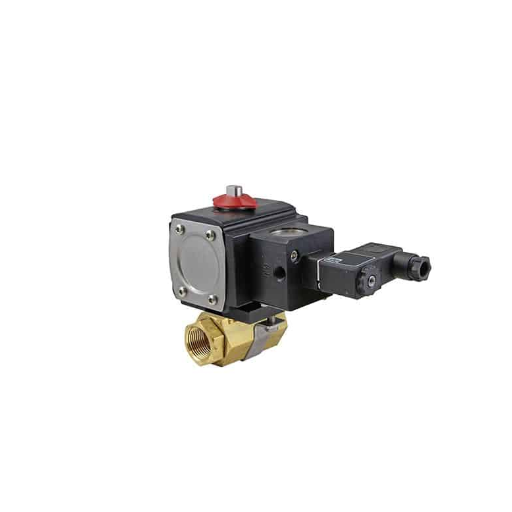
Brass vs Stainless Steel in Valves
Brass valves are cheaper, corrosion-resistant, and fit for low-pressure systems, while stainless steel valves are stronger, durable, and apt to withstand extreme conditions.
| Aspect | Brass Valves | Stainless Steel Valves |
|---|---|---|
| Price | Affordable | Expensive |
| Rust Resistance | Moderate | Superior |
| Toughness | Medium | High |
| Longevity | Average | Excellent |
| Pressure Limit | Low | High |
| Heat Tolerance | Limited | Excellent |
| Usage | Domestic | Industrial |
| Mass | Lightweight | Heavy |
| Upkeep | Easy | Moderate |
| Durability | Short-term | Long-term |
Impact of Material on Performance and Pressure Handling
The material determines valve performance and pressure handling capabilities. Brass valves, being affordable and lightweight, are suitable for homes requiring moderate performance levels. However, brass has limited heat tolerance and pressure handling capability, confining it to low-intensity settings.
Stainless steel valves offer the highest level of resistance against rust, heat, and pressure, making them attractive for industrial applications. They handle heavy pressure and temperature extremes despite being heavier and more costly. The choice involves balancing performance requirements, environment, and cost considerations.
Choosing Materials Based on Application Needs
Industrial materials are selected based on site conditions, performance criteria, and environmental factors:
- Stainless steel: Selected for corrosion resistance and strength in chemical processing and marine settings
- Carbon steel: Cheaper option with coating for protection when budget is constrained
- Aluminum: Used in aerospace and automotive industries for weight reduction without compromising strength
- Titanium or special alloys: Preferred for high-temperature applications due to heat resistance
- Composite materials: Combine various attributes for special needs like high strength-to-weight ratios




